How To Delete System Apps In Redmi
How to uninstall pre-installed apps in Redmi Note 4? Apps that are bundled with your smartphone are called system apps. To remove bloatware MIUI 11, you can't do it directly using system settings.
They include Mi Browser, Quick Apps, Get Apps, Xiaomi Cloud, Calendar, Security, Camera, Gallery, Music, Feedback, File Explorer, FM Radio, Recorder, Mi Pay and others.
Useful system apps help in our day-to-day tasks. But some of them are bloatware pushed by Xiaomi for monetary benefit and advertising purposes. You can find the MIUI 11 bloatware list below in of the two methods.
For example, Mi Pay is not much used by me in India. Mi Browser is another redundant app which is slow compared to other good browsers like Opera, Chrome, Firefox.
In some cases, you are required to delete these system apps. But there is no direct way of removing them like normal apps. In this post, we are going to see a working approach to uninstall system apps in Redmi Note 4.
[wps_note size="17″ background="#fae588″ color="#333333″ radius="3″]Disclaimer: This blog post or owner is not at all responsible, if the mobile does not work after the below steps are performed. These commands and software are sourced from different forums, articles and links. I performed these steps and did not face any problems. The screenshots are also taken from my PC and Xiaomi Redmi Note 4[/wps_note]
[wps_note size="17″ background="#dd9b9b" color="#333333″ radius="3″]Important Warning: Take backup of your phone, before you apply these commands. Also, don't delete all system apps from your phone. For example, a camera app may be required to function properly. Though you install these system apps after uninstall, you can temporarily disable them if you require.[/wps_note]
Using ADB Commands (No Root) – PC Required
-
Enable the Developer Option
- Open Settings from your phone.
- Tap on About phone.
- Tap on MIUI version 7 times (more or less).

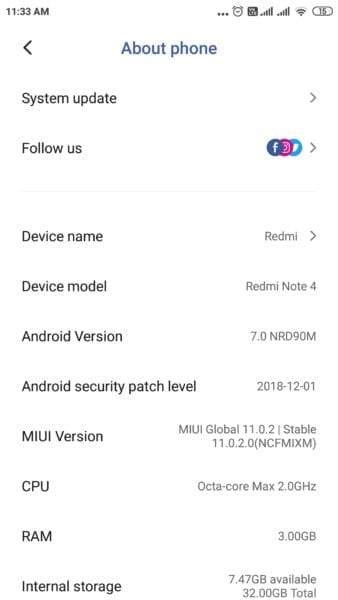
Your developer option is enabled.
2. Open "Additional Settings".
- Go back to the Settings screen.
- Under System Settings > Additional Settings
Tap on Developer options (This will only be seen, if you complete step 1).
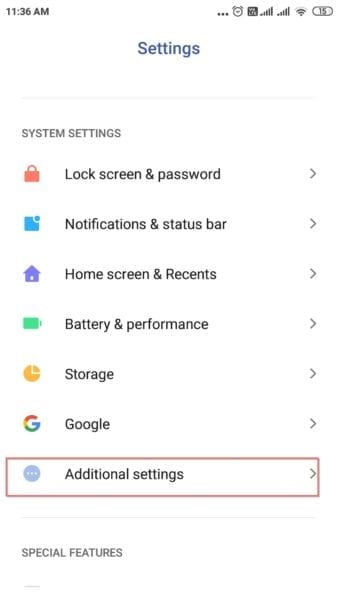

3. Turn on "USB Debugging" and other options.
This will ask for permission – Allow development settings. Tap on OK.
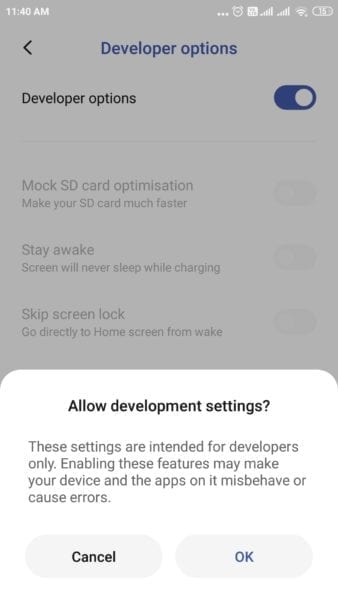
Scroll through to see other options under Debugging.
- USB debugging.
- Install via USB
- USB debugging (Security settings) – When you enable this, some security warnings like 3 are displayed, you can accept them.

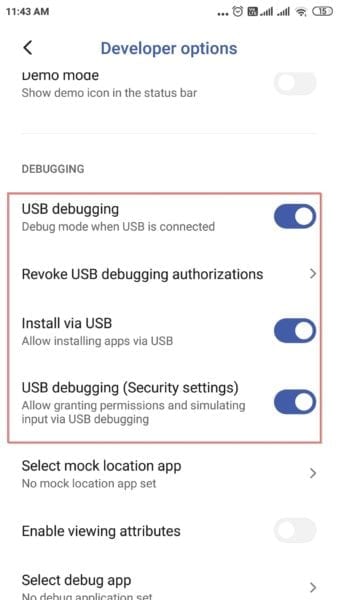
4. Install the ADB Drivers
- You need to install the ADB driver to make ADB commands work in your PC.
- Go to one of the following links.
- https://adb.clockworkmod.com/
- https://developer.android.com/studio/run/win-usb
For this tutorial to work, I felt the first link was easy. The second link installs a lot of software and is difficult to understand.
Install the Universal ADB Drivers or Google USB driver as from the above links.
5. Set PATH to ADB Executable in your PC
If you install the universal adb drivers, you should see the following path –
C:\Program Files (x86)\ClockworkMod\Universal Adb Driver where c: is the system or OS drive.
- Copy this path to "adb" executable.
- Open Control Panel > System > Advanced system settings. A System properties window will open.
- Click on the Advanced tab. Click on Environment variables. A pop-up opens. Under user variables, click on "Edit". Another pop-up window opens. Click on "New" and add path to "adb" executable. Note: This step is important to make ADB commands work on your PC.
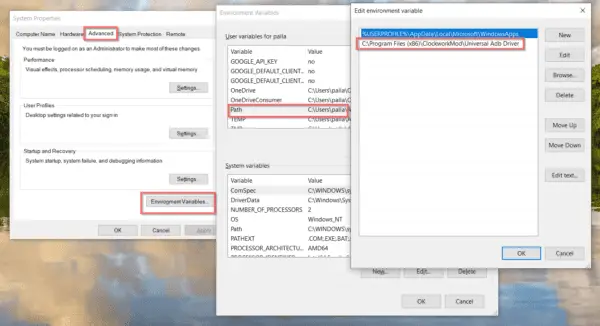
6. Connect Mi Phone to PC via USB cable
- To complete the ADB commands on your PC, an active Mi account is sometimes required. You can always create it for free.
- Connect your Redmi Note 4 to PC or laptop. It may ask to accept RSA key fingerprint, in this step. It will also show the key.
7. Start ADB Server and Open ADB Shell
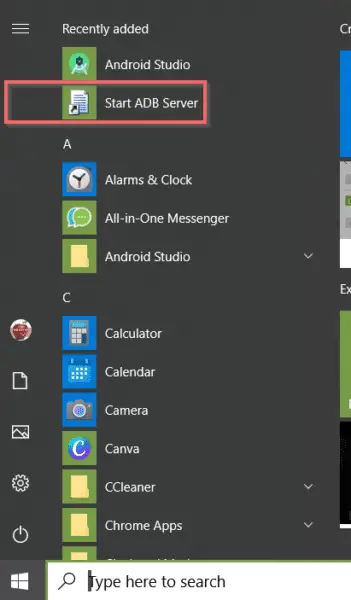
- Open Windows Powershell/ Command Prompt from Start Menu or typing search. You also need to start the ADB server from the Start Menu.
- Type the following "adb" commands.
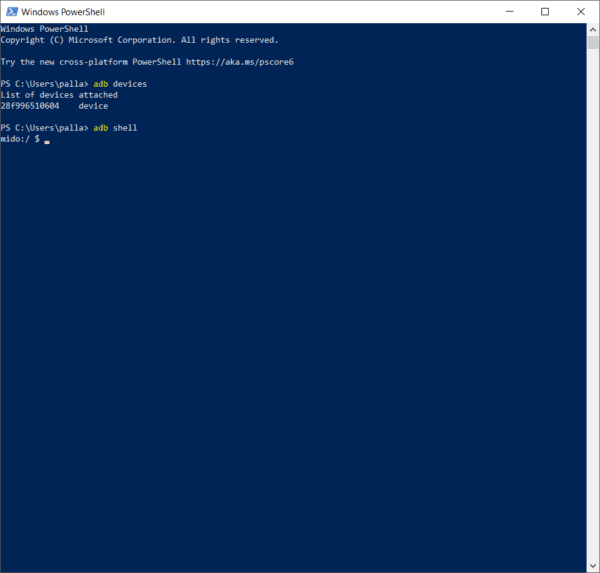
adb devices adb shell
- If you have performed the above steps perfectly, you should be able to see letters and numbers to represent your device, pc and shell.
8. Enter the Uninstall ADB Shell Commands
- Type the following "adb shell" commands to uninstall system apps from Redmi Note 4. This also works for other Mi phones.
For example, to uninstall GetApps, type the following on your screen.
pm uninstall –k ––user 0 com.xiaomi.mipicks
The last part of the command is the package name (for eg. – com.xiaomi.mipicks) . In the below screenshot, you can see how I uninstalled "Facebook" related services.
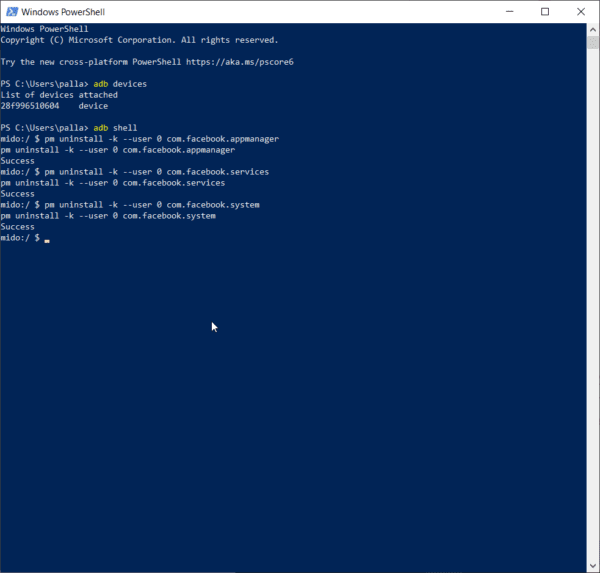
Source: https://en.xiaomitoday.it/come-disinstallare-app-di-sistema-su-dispositivi-xiaomi-no-root.html
Xiaomi ADB Fastboot Tools Software – No Root, NO Adb commands – Redmi System App Remover
[wps_note size="17″ background="#fae588″ color="#333333″ radius="3″]Disclaimer: This software has been tested by us and is referenced from a source. All the steps mentioned below are taken from other blogs and articles. I was able to uninstall the required system app successfully. But to be careful, you need to backup your system data.[/wps_note]
If somehow, the mobile phone hangs, you can restart the phone and check if it works or not.
This can be used on Linux, Mac and Windows systems. The typical size of the Windows interface is around ~20MB.
- Download the following software – Xiaomi Bloatware Removal Tool Github https://github.com/Szaki/XiaomiADBFastbootTools/releases/tag/6.8.1
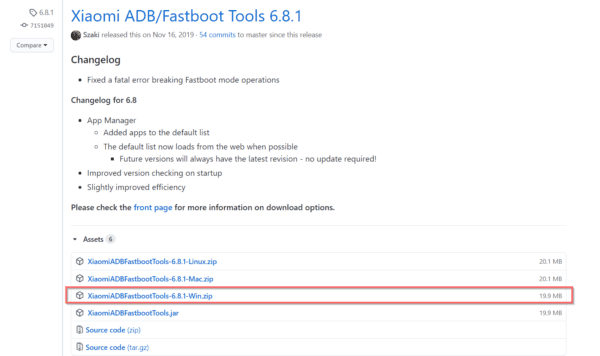
It works even with the old JRE 8 version.
- The latest version is – https://github.com/Szaki/XiaomiADBFastbootTools/releases/tag/7.0.1
The typical size is ~22MB. This version requires a Java version of 11 or above. You may be required to install the JDK as part of it.
- Download Java JRE file from Oracle site for Windows. You need to sign-up if required.
https://www.oracle.com/java/technologies/javase-jre8-downloads.html
The typical size is ~76MB

#1 :Enable Developer Options and USB Debugging option, as mentioned above.
#2: Connect your PC or Laptop to your Mi phone using USB cable.
#3: Run the Xiaomi ADB Fastboot Tools software.

Since this is a jar file, you need to run it like a typical JAVA file. This JAR file should run as you have JRE installed already.
The typical interface will look something like this.
If you have connected your Redmi Note 4 first and then open this software, it will instantly recognize this phone.
Otherwise, when you open the software and then connect the phone, it will take some time. Also "USB debugging warning" may be required to be approved when connected the first time.
Note: The ADB drivers may be not required as mentioned in the above method.
#4: Following tabs are visible
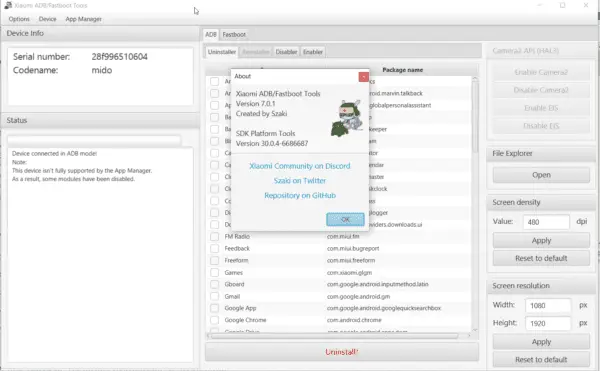
The following four tabs are visible under the ADB interface.
- Uninstaller
- Reinstaller
- Disabler
- Enabler
Note: For some reason, the Reinstaller module was not working for me.
#5: Uninstall the System Apps
- You can use the "Uninstaller" module to uninstall the system apps in Redmi Note 4.
- The "App name" and "Package name" are listed in this module.
- Select the required system apps and click on "Uninstall". You can make use of this module, to uninstall other apps.
- I uninstalled the "Yellow pages" app with package name com.miui.yellowpage and was able to uninstall it successfully.

The above YouTube video shows in detail on how to remove bloatware in Mi phones – No Root, No ADB commands. The same software is mentioned as above. All the steps with connection to PC are shown.
MIUI Bloatware list and System Apps and their Package Names
[wps_note size="17″ background="#ddb3b3″ color="#333333″ radius="3″]WARNING: you should not uninstall or disable "Xiaomi Find Device" com.xiaomi.finddevice. On next reboot your phone will enter endless loop, and after some time it will ask to erase device and start over. Guess how I learned that?[/wps_note]
The list of system apps and package names are mentioned below.
Xiaomi:
● GetApps – app store like Google Play from Xiaomi. The most annoying one, periodically shows advertisement.
com.xiaomi.mipicks
● MIUI Ad Services – also responsible for showing ads.
com.miui.msa.global
● Cloud
com.miui.cloudservice
● Cloud Backup
com.miui.cloudbackup
● Games
com.xiaomi.glgm
● Mi Credit
com.xiaomi.payment
● Mi DocViewer(Powered by WPS Office)
cn.wps.xiaomi.abroad.lite
● Mi ShareMe
com.xiaomi.midrop
● Mi YellowPages
com.miui.yellowpage
● MIUI Gallery – if you use another gallery app WARNING: @nihalanand697 reports disabling it isn't safe.
com.miui.gallery
● Wallpaper Carousel
com.miui.android.fashiongallery
● Default Browser – not necessary if you use Firefox or Chrome
com.android.browser
● Mi Bug Report – if you not using this features
com.miui.bugreport com.miui.miservice
Google:
● Google Movies
com.google.android.videos
● Google Music
com.google.android.music
● Google Photos
com.google.android.apps.photos
● Youtube – I prefer to use a browser
com.google.android.youtube
● Google Duo
com.google.android.apps.tachyon
● Google Lens
com.google.ar.lens
● Google search box – I prefer to use a browser or widget
com.google.android.googlequicksearchbox
● Digital wellbeing
com.google.android.apps.wellbeing
Facebook:
Some of the Facebook apps and services are bloatware and take lot of phone memory and resources. You can uninstall them if you are not using them. As they come pre-installed, they also come under bloatware.
● Facebook Services
com.facebook.services
● Facebook App Installer
com.facebook.system
● Facebook app manager
com.facebook.appmanager
Default Android Apps
● Wallpaper live picker
com.android.wallpaper.livepicker
● Photo table
com.android.dreams.phototable
Source: https://selivan.github.io/2020/02/25/removing-bloatware-from-xiaomi-miui-android.html
Conclusion
The difficult part I faced was installing the third-party software like ADB drivers and Java JDK, to make the methods work. If they are installed correctly, the remaining steps are easy.
I have tested both the above methods to uninstall system apps in Redmi Note 4. No problems were faced. Successfully removed the bloatware apps like Mi Browser, Mi Pay, Get Apps etc without much problem.
How To Delete System Apps In Redmi
Source: https://www.windowstechit.com/21026/uninstall-bloatware-from-redmi-note-4/
Posted by: hinesthestrand.blogspot.com

0 Response to "How To Delete System Apps In Redmi"
Post a Comment